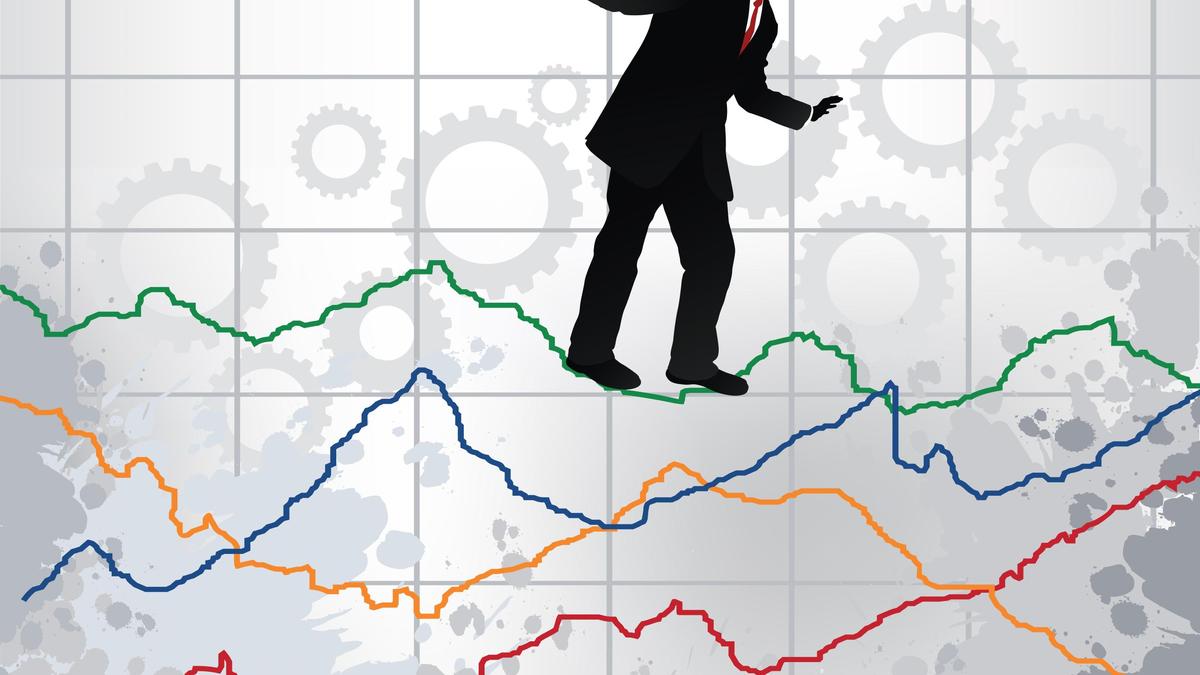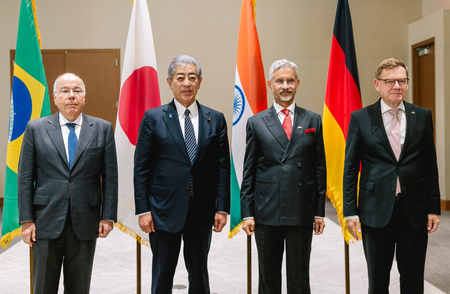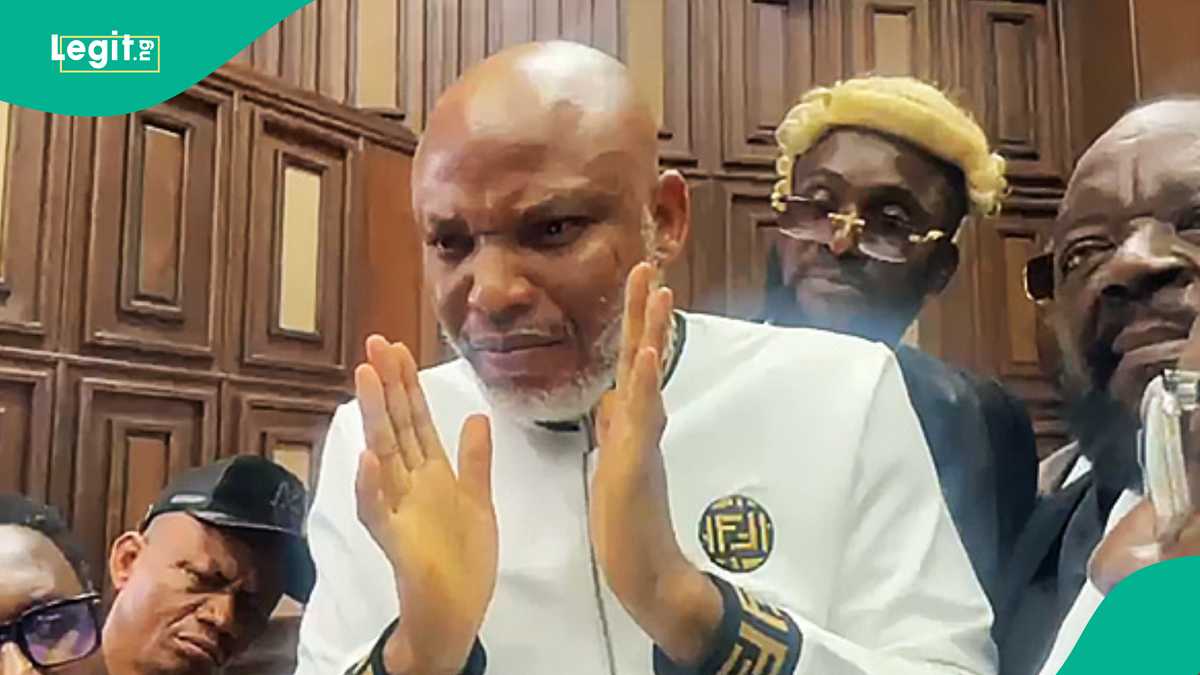Copyright thehindubusinessline

Since April this year the management of the Indian economy, like that of many others, has had its gyroscope knocked out by America. This is the instrument used for maintaining the orientation and direction of aircraft and other moving objects. The Americans have a saying for describing this. They say he (or she) doesn’t know if he/she is coming or going. This is a very precise way of describing economic management these days, including that of America. This is the first time in modern history that this has happened when several countries have not been at war with each other, like they were during the two world wars in the early and middle twentieth century. The most damaging consequence of the absent gyro is the blurring of the difference between risk and uncertainty. In a word, risk can be managed but uncertainty by definition can’t. For example, there is risk when you drive and you can manage that risk by driving slowly and following all the rules but what do you do if someone suddenly runs across your car? That’s what uncertainty is, and it can’t be managed. The problem, be it agriculture where weather is the inducer of uncertainty or finance where arbitrary regulation is the problem or whatever else, it’s exogeneity that causes uncertainty. Donald Trump is exactly that. The Indian policy experience of the last 80 years should have left an enormous amount of institutional memory of how to handle exogenous uncertainty. A central feature of this is slowing down everything, which is what the Modi government has been doing. The bigger problem However, our experience also shows that once the political pressure on the bureaucracy to perform eases, it slows things down way more than is necessary and even halts things. Its logic is that if you stop or go at just 10 kilometres an hour, uncertainty and risk become irrelevant. I think this is what has happened since April. Indian policy making is taking a break, which is fine. But how long will the break be? This is where the record is so worrying. We have had several exogenous shocks since 1947. The majority of these happened in the 1960s which saw a disastrous war with China in 1962, one small and one big war with Pakistan in 1965, two back to back droughts in 1965 and 1966 and the Congress party split in 1969. That’s five in ten years. This was followed by the breakup of the Bretton Woods system in 1971 when the fixed exchange rate system was abandoned by America, the first oil shock of 1973 and the second of 1979. That’s three in ten years. The 1980s were blissfully free of exogenous shocks but the 1990s opened with one in 1991 when India nearly ran out of foreign currency to pay for imports. But that was the last big one till Trump came along. However, there were two small ones towards the end of the 1990s: the Asian crisis of 1997-99 and the post-Pokhran 2 sanctions imposed on us in 1998. That’s also three in ten years. So adding up, we have had 11 exogenous shocks in 78 years. On average that’s one every seven years. No other comparable country has had this problem. The response So how have the governments responded? On each and every occasion, the first — and long lasting — response has been to slow the economy down as a way of tackling uncertainty. You can look up the post shock growth rates of the past. This is completely understandable. What is not understandable is the length of time that the policy minders have persisted with the slow driving. I know for a fact that the political leadership has chafed and complained, to no avail. The bureaucrats, having increased their control, have resisted the political class. There is no reason to believe that it’s going to be different this time. The Trump shocks have caused so much uncertainty that the bureaucracy will play up the risks in a way that leaves the political leadership with no choice but to go along with policies that postpone reforms that cut into its importance and power. In other words, the exogenous shock has always been followed by an endogenous one from the senior bureaucracy. It’s like the aftershocks after an earthquake. The challenge before the Modi government is to overrule the civil servants after consulting others. The only prime minister to do so was Rajiv Gandhi when he decided to go for growth despite the bureaucracy’s efforts to stick to plodding along. The popular myth is that Rajiv’s policies caused the balance of payments crisis of 1991. They might have contributed but the role of the bureaucracy in what happened mustn’t be airbrushed away. Economic historians need to look into this. Published on October 29, 2025



